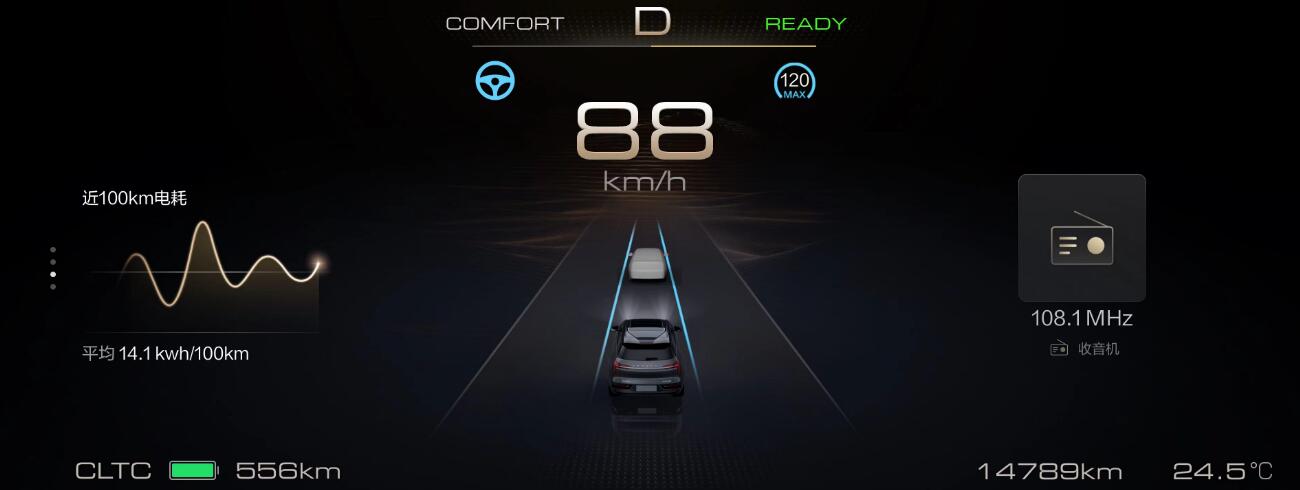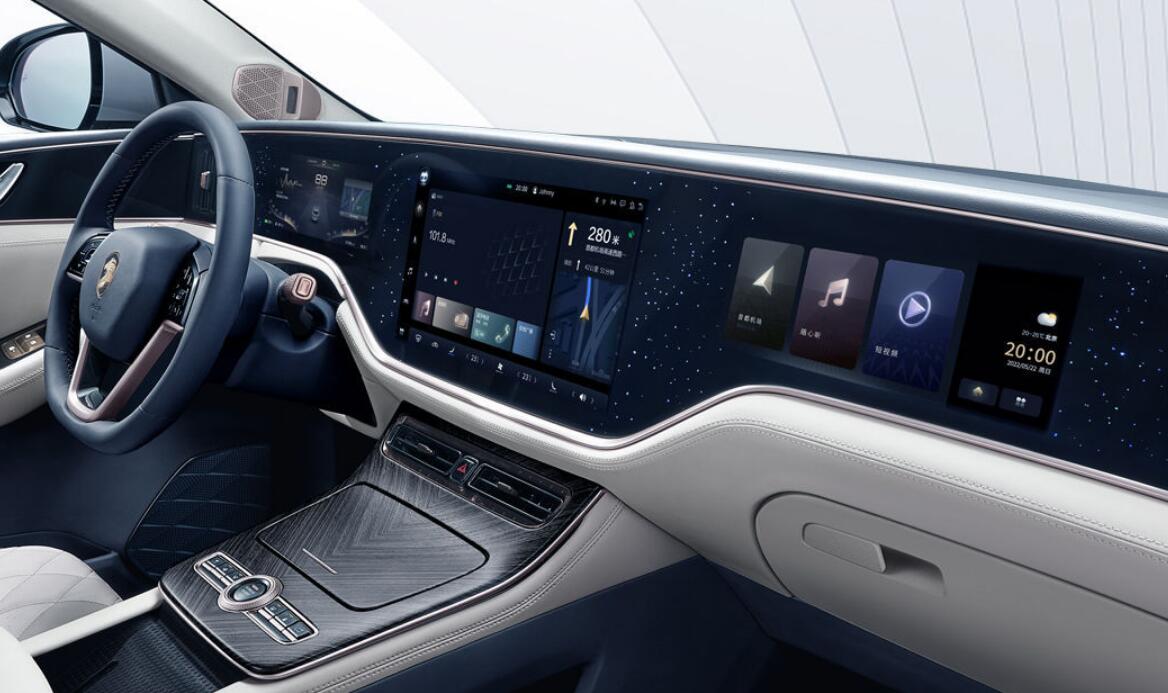Currently in production is the first phase of BYD's Zhengzhou base, with a planned annual capacity of 400,000 vehicles. | BYDDY.US | BYD HK

BYD (OTCMKTS: BYDDY) has officially started production at a new vehicle production site that begins contributing to the capacity of China's largest maker of new energy vehicles (NEVs).
The production site, located in Zhengzhou, Henan province in central China, saw its first production vehicle roll off the line on April 6, according to a report by a local TV station.
The project was signed in September 2021 and took 17 months to complete construction and go into production.
Currently in production is the first phase of the Zhengzhou base, which covers an area of 4,101 mu (2.7 square kilometers) and has a planned annual production capacity of 400,000 vehicles.
The production base will have phase II and phase III projects, and the total production capacity will exceed 1 million units after completion.
The first mass-produced vehicle to roll off the line from BYD's Zhengzhou base is a Song Pro DM-i, which has a guide price range of RMB 140,800 ($20,480) - 165,800 yuan.

Officials from the Henan provincial government, as well as BYD chairman and president Wang Chuanfu, attended the ceremony to mark the start of production at the facility.
The production base is expected to help BYD achieve its goal of selling at least 3 million vehicles this year. Wang has apologized several times over the past two years for the long wait times for BYD vehicles due to a lack of capacity.
BYD aims to sell at least 3 million vehicles this year and will strive to reach 3.6 million, Wang said at an investor conference on March 29.
For the 3.6 million sales target BYD is aiming to reach, 2.8 million in China and 800,000 overseas, Yicai said in a March 30 report citing an insider at the company.
BYD sold 1,868,543 vehicles in 2022, including 1,863,494 NEVs. The company stopped production and sales of vehicles powered entirely by internal combustion engines in March 2022.
If it can reach 3.6 million vehicles in global sales, BYD is expected to be among the top 10 car companies in global auto sales this year.
BYD aims to become China's No. 1 automaker by the end of this year, Wang said at the investor conference.
BYD sold 207,080 NEVs in March, up 97.45 percent from 104,878 units a year earlier and up 6.93 percent from 193,655 units in February, according to data released by the company earlier this month.
In the first quarter, BYD's NEV sales were 552,076 units, up 92.81 percent from 286,329 units in the same period last year, but down 19.22 percent from 683,440 units in the fourth quarter last year.
($1 = RMB 6.8752)
The post BYD's new plant in central Chinese city Zhengzhou goes into operation appeared first on CnEVPost.
For more articles, please visit CnEVPost.
























